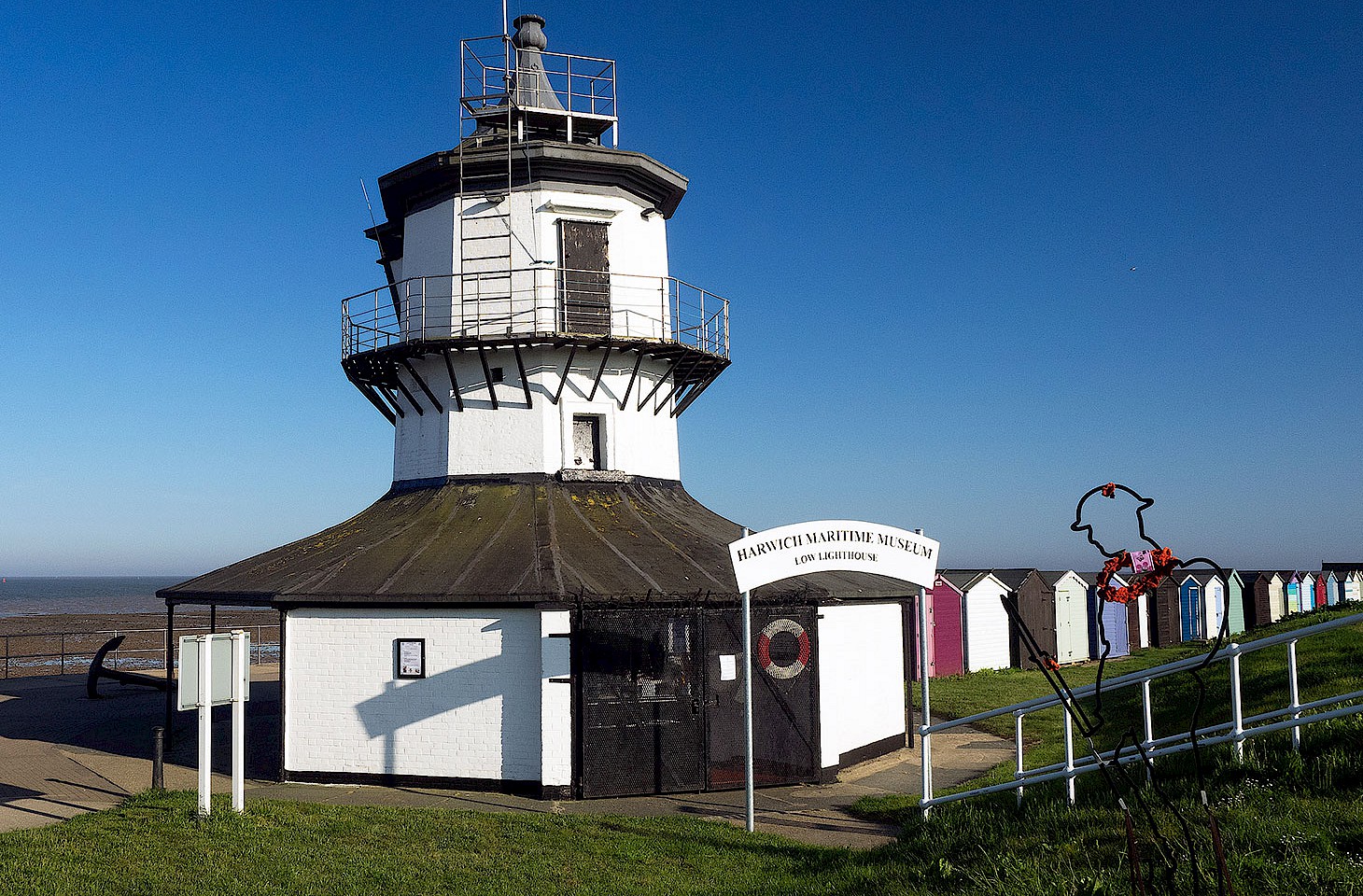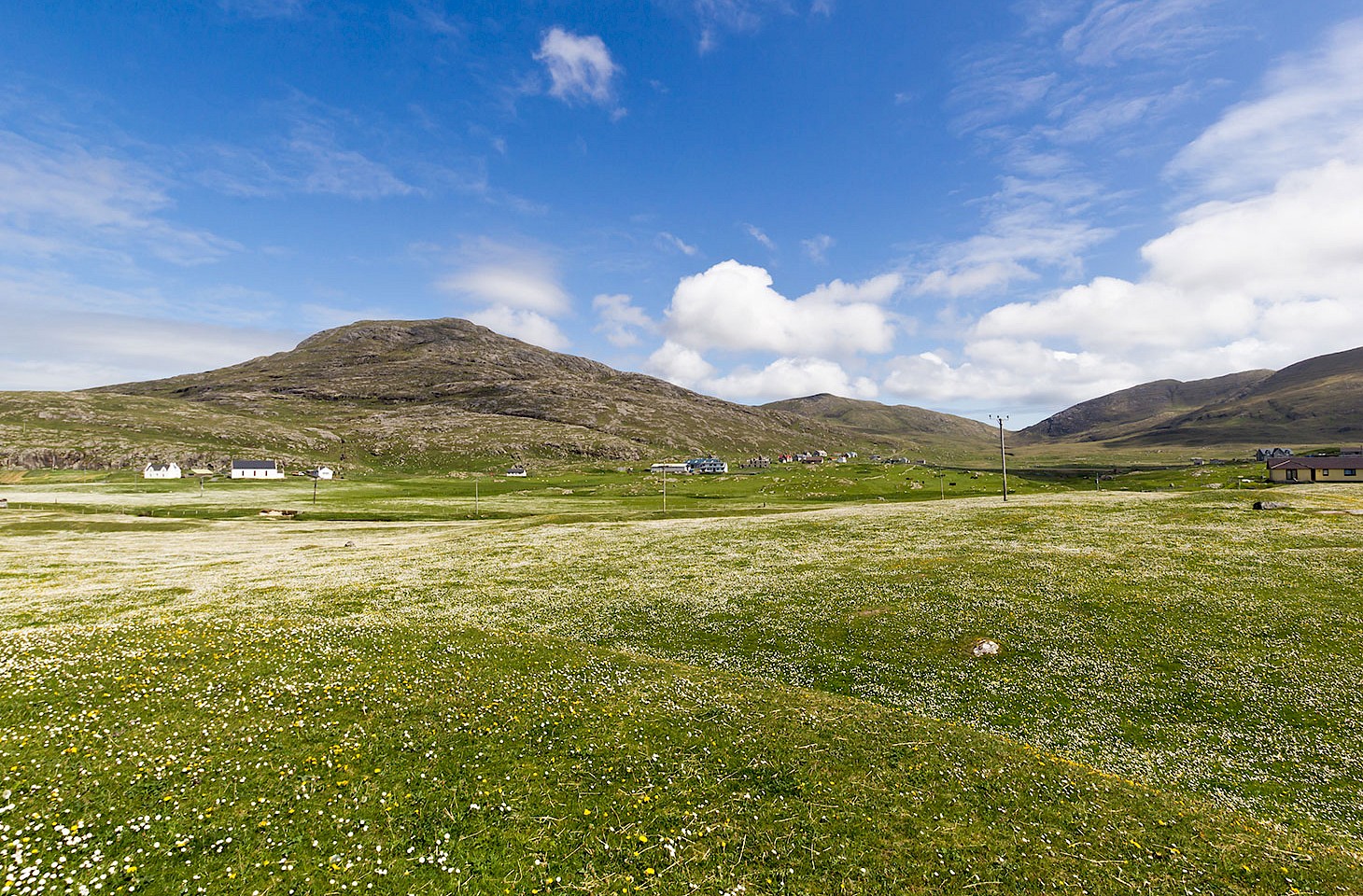We are second class citizens. Ah, you think we jest, but we don’t. We happen to enjoy rail travel. And we are partial to ferries too. So it’s only natural that we rather like long journeys which involve rail-sea combos. There was a time when this was all very easy. Trains from London ran right through to Tyne Commission Quay at North Shields, from where it was just a few short steps from the train onto the waiting ferries to the continent. This was one of those sensible arrangements which really made it easy to travel by rail and sea between Britain and her European neighbours.
This year we have made many journeys involving transfers from trains to ferries and vice versa. It is, believe us, generally a depressing business. Whether in Dieppe or Dover, or more widely across Europe, those looking to make seamless connections from trains to ships are in for a shock. For many ferry companies, foot passengers are an inconvenience. Arriving at the port of Dieppe on a ferry from Newhaven earlier this year, staff on the ferry advised foot passengers that “it’s an easy walk into town.” It turned out to be quite a hike, a walk of perhaps 45 minutes to the station with no evident bus option and no taxis awaiting the arrival of the ship from England.
There was a time when the ferry terminal in Dieppe, in those days in the town centre harbour, had its own dedicated railway station. The day boat from England arrived in Dieppe just after three in the afternoon, and 30 minutes later the express train to Paris steamed out of the adjacent Dieppe Maritime railway station.
Similar railway stations were a taken-for-granted element of port infrastructure in ports around the English Channel. Dover, Folkestone, Newhaven, Southampton and Weymouth all once had quayside railway stations. In France, there was a gare maritime at Calais and also at Boulogne. Passengers from Kent would travel by ferry to Boulogne or Calais for easy onward rail connections directly to Paris, the Alps, Italy and further afield.
Ferry operators these days focus on freight and on passengers with cars. Foot passengers are tolerated only grudgingly and sometimes simply barred from travel. With three ferry operators jostling for business on the busy route from Dover to Calais, there are very frequent sailings between the two ports. P&O is the only one of the three operators to accept foot passengers, and then only on four sailings each day.




